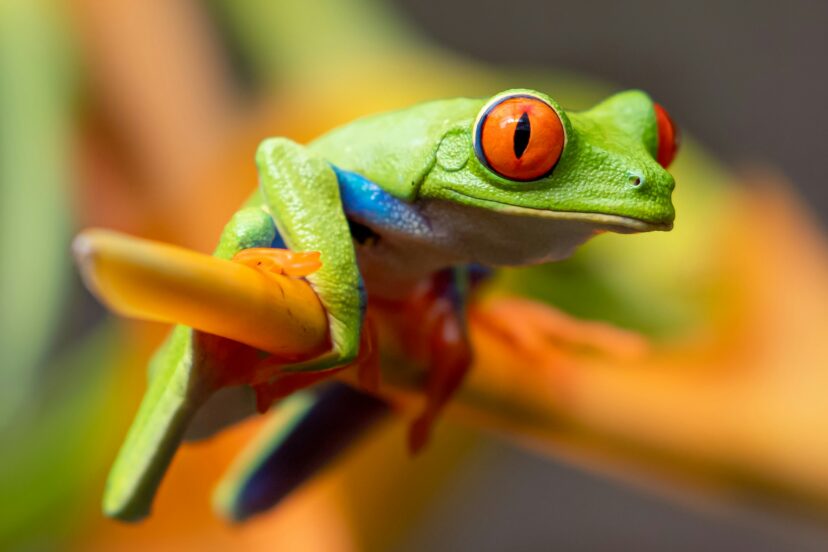Pacman Frogs
Greetings! Today, we want to introduce you to the charming world of Pacman Frogs. These unique amphibians are known for their round, wide bodies and voracious appetites – just like the iconic video game character they are named after. From their vibrant colors to their fascinating hunting techniques, Pacman Frogs are sure to captivate you with their quirky charm. Join us as we explore the wonderful world of these captivating creatures!
Have you ever heard of Pacman Frogs?
Hey there! Have you ever heard of Pacman Frogs? These unique amphibians are not only adorable but also incredibly interesting creatures to learn about. In this article, we will dive deep into the world of Pacman Frogs and discover what makes them so special. From their appearance to their care requirements, we will cover it all. So grab a cup of tea, sit back, and let’s explore the fascinating world of Pacman Frogs together!
What are Pacman Frogs?
Pacman Frogs, also known as South American Horned Frogs or Ornate Horned Frogs, are large, round-bodied frogs native to South America. They get their name from their resemblance to the classic video game character Pac-Man due to their round shape and large mouth. These frogs come in a variety of colors, including green, brown, and albino, making them a favorite among frog enthusiasts.
A Closer Look at Pacman Frogs
Pacman Frogs have a unique appearance that sets them apart from other frog species. Their bodies are round and flat, with short limbs and a wide mouth. They often have small horns above their eyes, giving them a distinctive look. Their skin is bumpy and can range in color from vibrant greens to earthy browns. Some Pacman Frogs even have striking patterns or albino variations, making each frog unique in its own way.
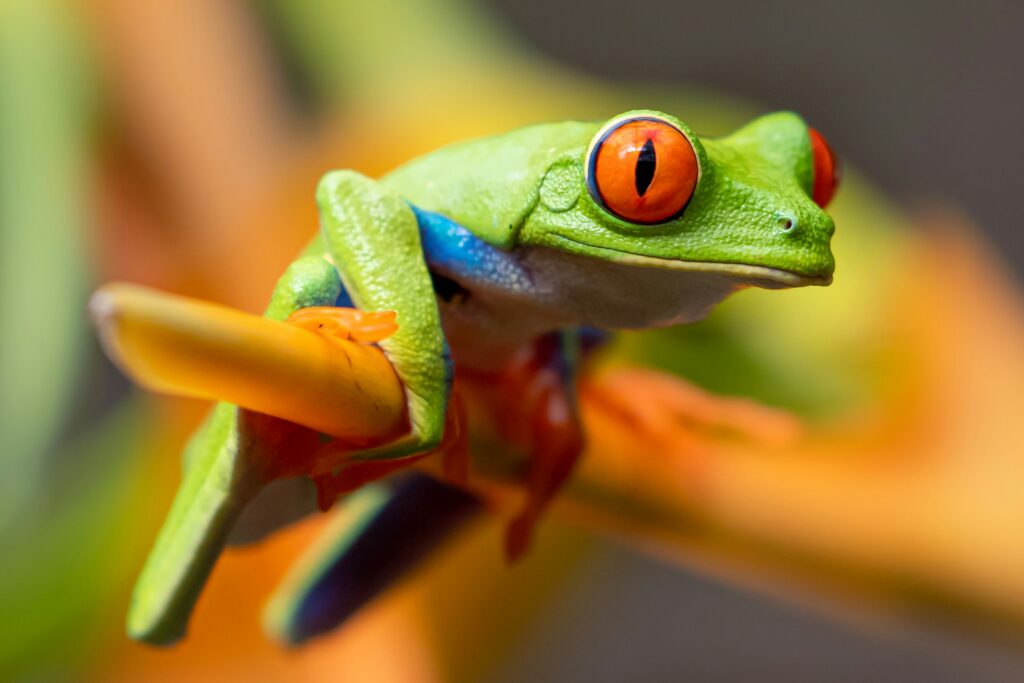
Habitat and Enclosure Requirements
When it comes to keeping Pacman Frogs as pets, providing the right habitat and enclosure is essential for their health and well-being. These frogs have specific requirements that need to be met to ensure they thrive in captivity.
Setting Up the Perfect Enclosure
Pacman Frogs need a spacious and secure enclosure to live comfortably. A 10-gallon tank is suitable for one adult Pacman Frog, with larger tanks needed for multiple frogs or larger species. The tank should have a secure lid to prevent escapes, as Pacman Frogs are known for their escape artist abilities.
Creating the Ideal Habitat
Inside the enclosure, provide a substrate that retains moisture, such as coconut fiber or orchid bark. Include hiding spots like plants, logs, or caves for your Pacman Frog to burrow and hide in. A shallow water dish should be provided for soaking and hydration, as well as a heat source to maintain the proper temperature gradient.
Temperature and Humidity Levels
Pacman Frogs thrive in warm and humid environments, mimicking their natural habitat in the rainforests of South America. Keep the temperature between 75-85°F during the day and slightly cooler at night. Use a heat lamp or under-tank heater to achieve the right temperature gradient. Maintain humidity levels between 50-80% by misting the enclosure regularly and providing a water dish for soaking.
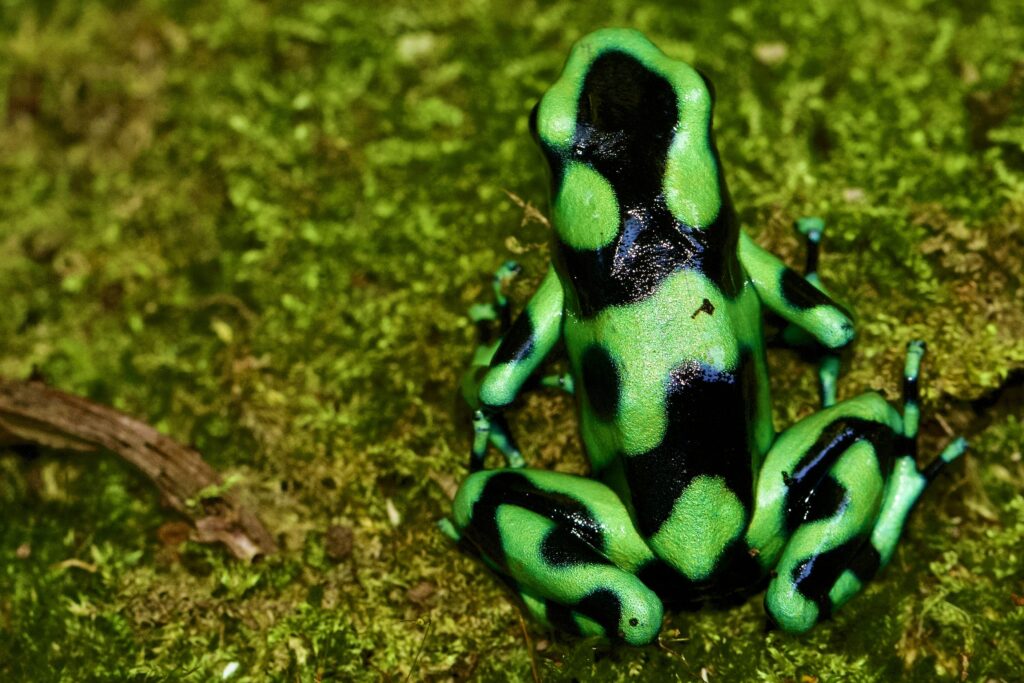
Diet and Feeding Habits
Pacman Frogs are voracious eaters and will consume anything that fits in their large mouths. Their diet consists primarily of insects, small rodents, and even other frogs in the wild. In captivity, it is essential to provide a varied and nutritious diet to keep your Pacman Frog healthy and thriving.
Feeding Your Pacman Frog
Offer a variety of live insects such as crickets, mealworms, and dubia roaches to your Pacman Frog. Dust the insects with calcium and vitamin supplements to ensure your frog receives adequate nutrients. Feed adult Pacman Frogs every 3-4 days, and juveniles every day to promote growth and development. Be mindful of overfeeding, as obesity can be a common issue in captive Pacman Frogs.
Handling and Care Tips
Pacman Frogs are not known for their love of handling and are best observed rather than handled frequently. When handling your frog, do so gently and avoid squeezing or stressing them. Always wash your hands before and after handling your Pacman Frog to prevent the spread of bacteria.
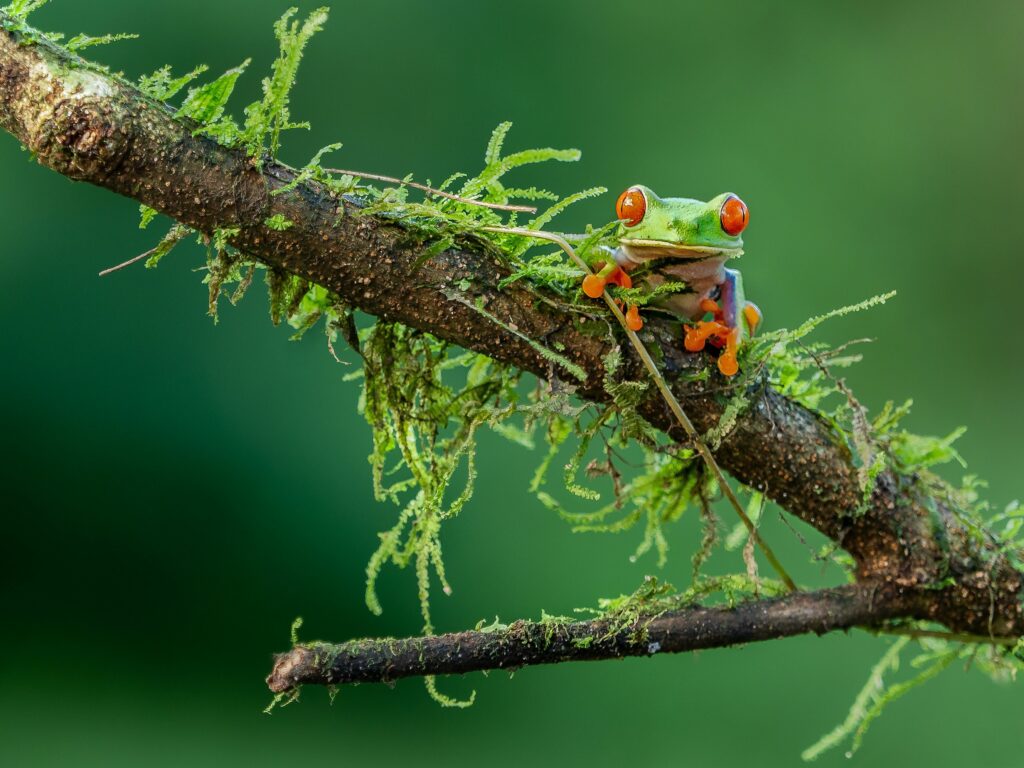
Health and Common Illnesses
Like all animals, Pacman Frogs are susceptible to various health issues that can arise in captivity. Being aware of common illnesses and symptoms can help you provide prompt care and treatment for your frog.
Signs of a Healthy Pacman Frog
A healthy Pacman Frog will be alert, active, and have clear eyes and vibrant skin. They will have a good appetite and maintain a healthy weight. Regularly monitor your frog’s behavior and appearance to catch any potential issues early on.
Common Health Concerns
Some common health issues that Pacman Frogs may face include skin infections, metabolic bone disease (MBD), and parasitic infections. Symptoms to watch out for include lethargy, weight loss, bloating, and abnormal behaviors. If you notice any concerning signs, consult a veterinarian experienced in treating amphibians for diagnosis and treatment.
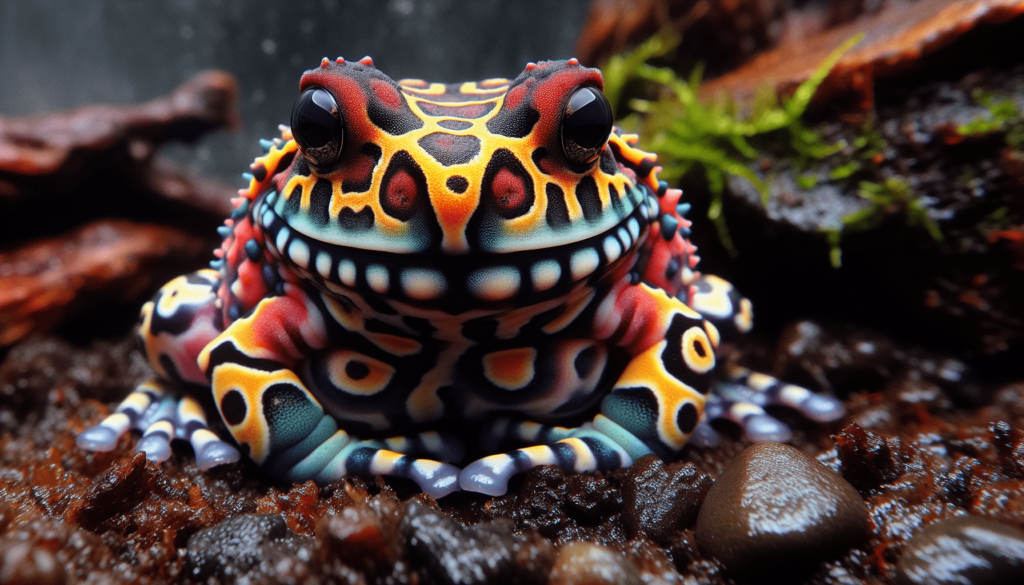
Breeding and Reproduction
Breeding Pacman Frogs in captivity can be a rewarding experience for experienced frog keepers. However, it is essential to be well-prepared and knowledgeable about the breeding process to ensure the health and safety of the frogs involved.
How to Breed Pacman Frogs
To breed Pacman Frogs, you will need a male and female pair that are sexually mature and in good health. Introduce them into a comfortable breeding enclosure with ample space and hiding spots. Provide a suitable substrate for egg deposition and maintain the correct temperature and humidity levels for breeding.
Caring for Eggs and Tadpoles
Pacman Frogs lay large clutches of eggs, which the male fertilizes externally. The eggs will hatch into tadpoles, which require a separate rearing enclosure with clean water, suitable temperature, and ample food. Tadpoles will go through a metamorphosis process before transforming into froglets and eventually adult frogs.
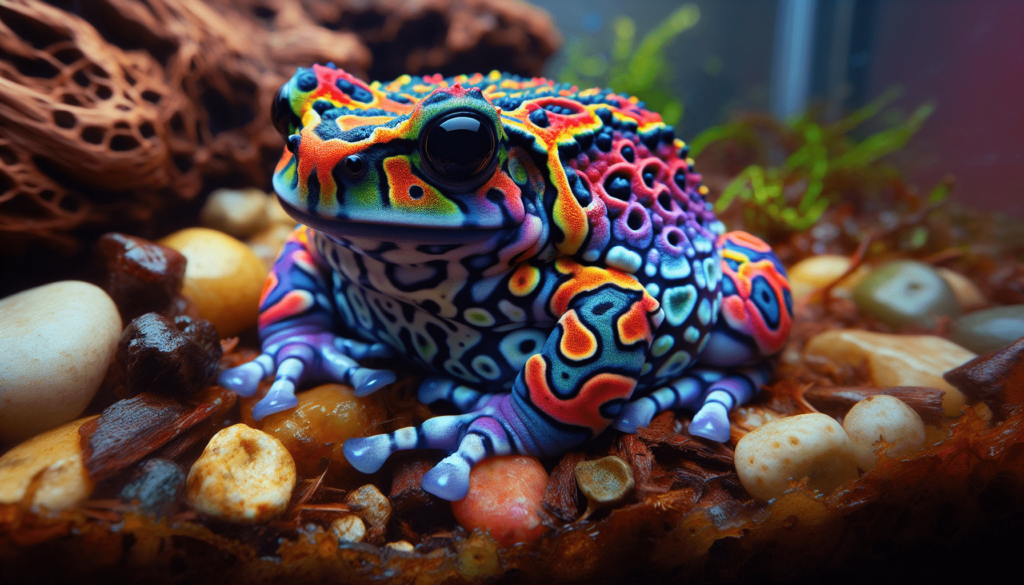
Fun Facts About Pacman Frogs
Let’s end on a lighter note with some fun facts about Pacman Frogs that you may not have known!
- Pacman Frogs have excellent camouflage abilities, blending in with their surroundings to avoid predators.
- These frogs are known for their powerful bite and ability to swallow prey larger than their heads.
- Pacman Frogs can live for up to 10-15 years in captivity with proper care and husbandry.
We hope you’ve enjoyed learning about Pacman Frogs as much as we have enjoyed sharing this information with you. If you’re considering adding a Pacman Frog to your pet collection, remember to do thorough research and provide the best care possible for these fascinating amphibians. Thanks for joining us on this adventure into the world of Pacman Frogs!

